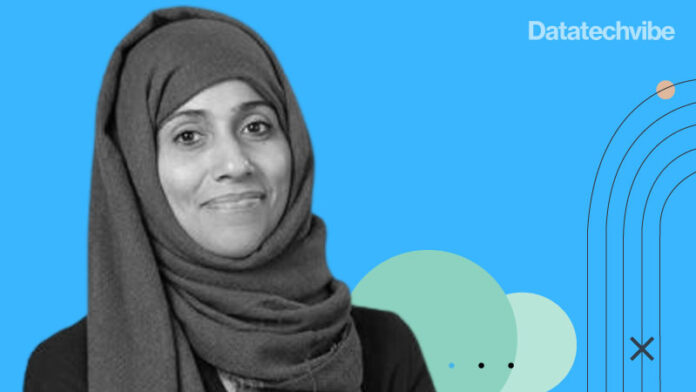Speaking at the Middle East Energy Online 2021, a virtual conference on May 25, Dr. Hoda Alkhzaimi, Director of Cyber Security at the New York University in Abu Dhabi, highlighted the importance of standardised security protocols, governance for corporate enterprise and adding protection for new-age connected technologies, like smart buildings and self-driving cars, to ensure the energy ecosystem is protected as it moves towards digitisation.
The conference aims to bring together stakeholders from the Renewable & Clean Energy sector, technology players and policy-makers to strengthen the momentum of the global transition to renewable energy.
Dr Alkhzaimi, who previously headed the Department of Research and Development for Cyber Security and Cryptology in the UAE, has expertise in cryptology, cryptanalysis, constructing and validating security hardware and software components, and constructing trusted security architectures.
Also Read: Your Five Biggest Data Pain Points, Solved
How digitalisation is affecting the energy ecosystem
The energy sector is experiencing a digital transformation. For example, the adoption of intelligent technology, including artificial intelligence (AI) for control and monitoring systems, is enabling new business models and more efficient asset management. But with this advantageous advancement comes a greater chance of risk to cyberattacks. Renewable energy which feeds into the same grid runs the same risk.
Furthermore, new synergies, that include linking operational, information technology (IT), and communication systems within organisations and across the energy supply chain, expand not only the digital footprint but also the potential to attack the system at different points.
Also Read: Decrypting The Crypto
Increased intrinsic risk
Renewable energy is estimated to scale to six times more than current figures to meet the Paris agreement. The connection between technology and how it can help sustainability is well-established. But it comes with new threats.
In 2016, a cyber-attack on Ukraine’s electricity grid disabled a substation in Pivnichna just outside the capital and left parts of Kyiv without electricity for an hour. Investigators estimated it led to a loss of one-fifth of Kyiv’s power consumption for that night.
In 2018, a petrochemical company with a plant in Saudi Arabia was hit by a new kind of cyber assault. The attack was designed to destroy data or shut down the plant, investigators believed. While the damage was contained, it highlighted the need to identify infrastructure security flaws.
Earlier in May, Colonial Pipeline reported a several-day outage resulting from a cyberattack that caused gas prices to surge and gas stations in multiple states in the US to experience shortages.
“We need to create a system which offers protection to the entire value chain. We aren’t just talking about buildings and cities. We’re talking about self-driving cars and other technologies to store and use this [renewable] electricity reliably. The share of this electricity will rise to 40 per cent because of new technologies. A disruption of one of these assets is a disruption of the whole system,” said Dr Alkhzaimi.
The adoption of IoT systems in smart homes adds further complexity, said Dr Alkhzaimi. It is not just grids, distribution systems, and trading algorithms that we need to plan for, consumer products that are connected and fed on electricity from the same grid can also be a liability, she added.
This is an exciting time for renewable energy in the Middle East. In the GCC, the UAE remains a leader in energy transition thanks to a robust pipeline of developments. These include the 2GW Al Dhafra solar power project in Abu Dhabi, which will eventually power 160,000 homes, and the 1.5GW PV3 project, also in the capital.
In May, Dubai’s first green hydrogen project came into operation. The plant is owned and operated by the Dubai Water and Electricity Authority (DEWA) and is linked to its Mohammed bin Rashid Al Maktoum Solar Park, a 5 GW solar project combining PV and CSP that is being constructed in several phases.
Claudia Konieczna, Exhibition Director, Middle East Energy conference in a press release, said, “In key regions such as the Middle East, where energy resources are imbalanced, increased integration of energy systems will increase broader market integration and drive sustainable development.”









